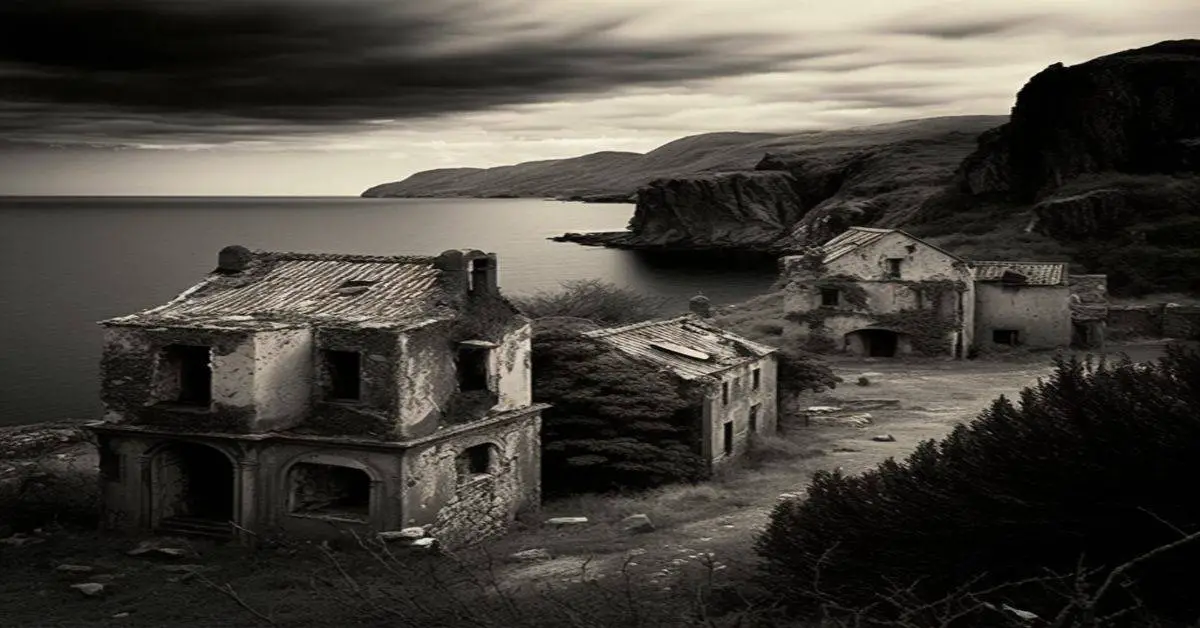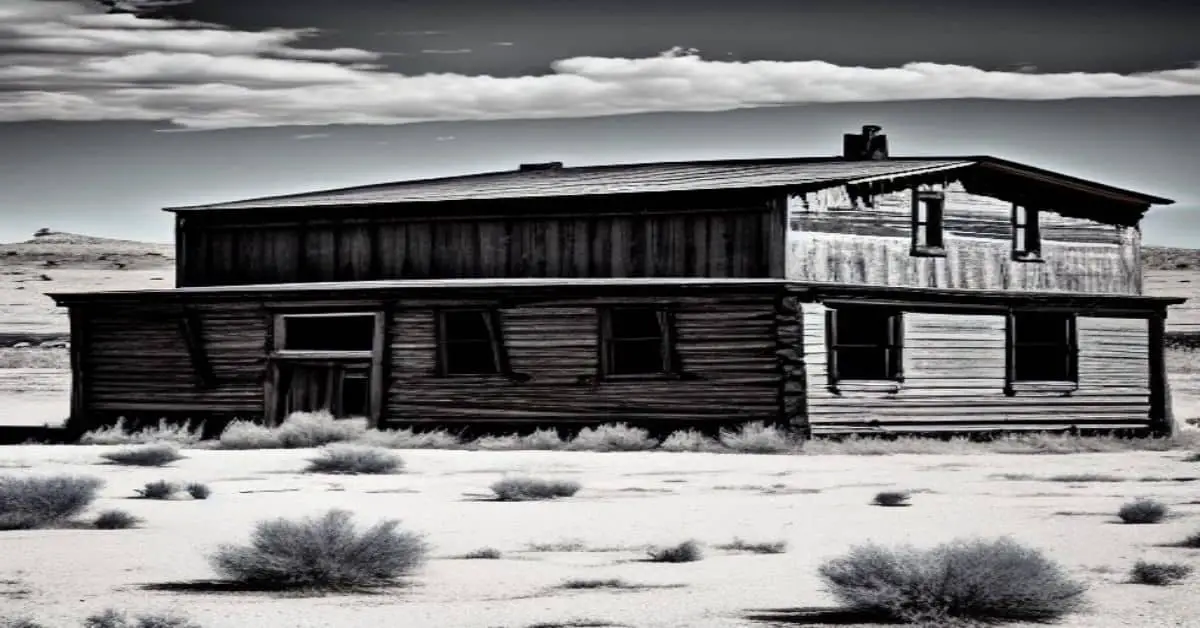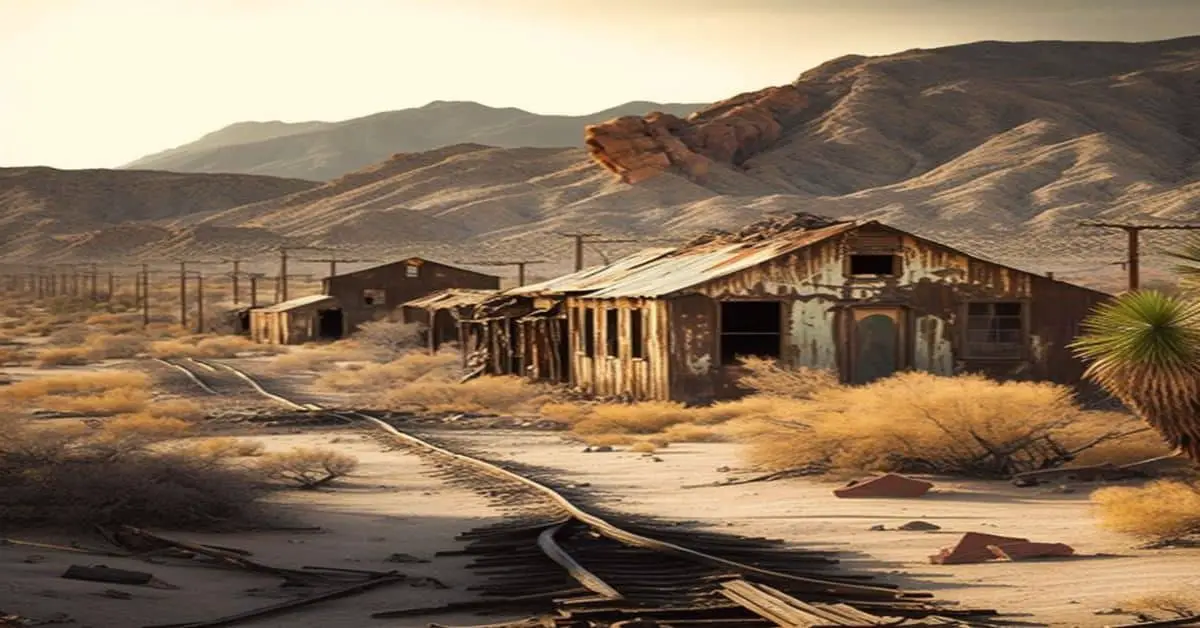Located in Santa Cruz County, Arizona, Lochiel is a ghost town with a rich history that dates back to the 16th century. Once a bustling town with numerous businesses and establishments, it is now a hauntingly historic place with many old buildings still standing.
Its post office was established in 1880 and discontinued in 1911, and it has been the site of many significant events in American history. Although Lochiel is now a ghost town, it remains an important destination for those interested in the Wild West and American history.
Its colorful past, including being used as a base for cattle rustling and stock taking into Mexico by Pancho Villa, makes it a fascinating place to visit. The town’s historical significance and old buildings give visitors a glimpse into the past and a chance to experience a unique part of American history.
In this article, we will explore Lochiel’s location, climate, history, and significance, as well as provide tips for visiting this hauntingly historic ghost town.
Key Takeaways
- Lochiel is a ghost town in Santa Cruz County, Arizona with a rich history dating back to the 16th century.
- Pancho Villa used Lochiel as a base for cattle rustling and stock taking into Mexico, and it was one of his favorite places.
- Lochiel’s historical significance and old buildings give visitors a glimpse into the past and a chance to experience a unique part of American history.
- Lochiel remains an important destination for those interested in the Wild West and American history, and is a must-visit for anyone who wants to experience the hauntingly beautiful atmosphere of a ghost town.
Location and Climate
Located in the warm winter and hot summer climate of Santa Cruz County, Lochiel stands as a hauntingly historic ghost town worth visiting in the winter, fall, or spring. The town’s rich history is evident in the many old buildings, including two smelters, three saloons, a butcher, a bakery, livery stables, five stores, and a boardinghouse. Lochiel’s post office was established in 1880 and discontinued in 1911, and the town was a favorite place for Pancho Villa, who used to cattle rustle and take stock into Mexico from here.
Lochiel’s historical significance makes it an attractive destination for tourists exploring Arizona’s past. Visitors can stroll through the town and explore the old buildings, imagining what life was like for the residents who once lived here. While there are no current residents, Lochiel still offers plenty of attractions and activities for those interested in history and the paranormal.
It is a must-visit destination for anyone who wants to experience the hauntingly beautiful atmosphere of a ghost town.
History and Significance
Lochiel, formerly known as Luttrell and La Noria, boasts a rich history characterized by the establishment of a post office in 1880 and the presence of several old buildings. However, the town’s history is also marked by Pancho Villa’s involvement. Villa used to cattle rustle and take stock into Mexico from Lochiel, and the town became one of his favorite places. This association with Villa has added to the town’s historical significance and has contributed to its reputation as a ghost town.
The old buildings and structures in Lochiel provide a glimpse into the town’s past. There were two smelters, three saloons, a butcher, a bakery, livery stables, five stores, and a boardinghouse. These structures serve as a reminder of the town’s former prosperity and highlight the changes over time.
Despite its current state of abandonment, Lochiel’s rich history and Pancho Villa’s involvement make it a fascinating destination for those interested in the history of the American West.
Visiting Lochiel Today
When planning a trip to the former town of Lochiel, it is important to consider the current state of the town. While many old buildings remain, the current residents are known to be unfriendly. This may make the experience of visiting Lochiel less enjoyable for some tourists. However, for those interested in the rich history of the town, Lochiel still offers many tourist attractions.
One of the main tourist attractions in Lochiel is its old buildings, which offer a glimpse into the town’s past. Visitors can explore two smelters, three saloons, a butcher, a bakery, livery stables, five stores, and a boardinghouse. The town’s post office, established in 1880 and discontinued in 1911, is also an interesting historical landmark.
Overall, while Lochiel may not be the friendliest of places, its historical significance and well-preserved buildings make it a must-visit for those interested in ghost towns and Arizona’s past.
Frequently Asked Questions
What is the closest town or city to Lochiel?
Like a lone oasis in a barren desert, Lochiel, Arizona is situated close to the US-Mexico border. The closest town or city is Nogales, offering nearby attractions, transportation options, accommodation options, and local cuisine.
Are there any ghost stories or legends associated with Lochiel?
There is no mention of any supernatural encounters or local folklore associated with Lochiel in the available background information. However, the town’s rich history as a ghost town may attract paranormal investigations and ghost hunting expeditions.
Was Lochiel ever a mining town?
Lochiel’s economic history extends beyond mining, with agricultural activities also playing a role in its development. However, the decline of these industries presented challenges for local tourism. Opportunities exist to leverage the town’s rich history and old buildings.
What is the current population of Lochiel?
Population statistics for Lochiel are not available as it is currently a ghost town. However, its historical significance as a former bustling community with numerous businesses and buildings, including two smelters and three saloons, remains intact.
Are there any guided tours or events held in Lochiel?
It is ironically amusing that a ghost town like Lochiel would have guided tour options, but alas, there are none. However, the town’s historical significance and well-preserved old buildings make it a must-visit destination for history enthusiasts.


